Play sand is a popular material used in children’s sandboxes and playgrounds. However, some people wonder if it is safe to use play sand in a fire pit.
In this article, we will explore whether or not play sand is a suitable option for use in a fire pit and discuss its pros and cons.
When it comes to fire pits, there are several factors to consider, including the type of fuel, the size and shape of the pit, and the materials used to construct it. Using the wrong type of sand can be dangerous and can cause the fire to become too hot or too cold, leading to potential hazards.
Therefore, it is crucial to understand the basics of fire pit construction and the different types of sand available before deciding whether or not to use play sand.
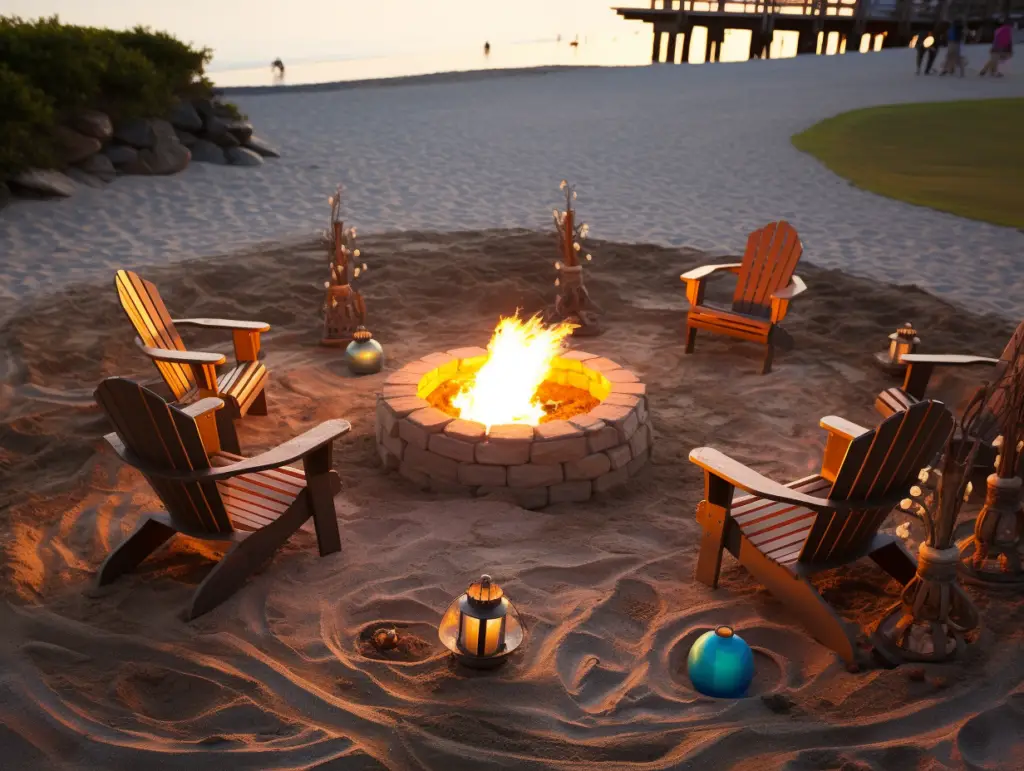
Key Takeaways
- Play sand is a processed type of sand that is commonly used in children’s sandboxes and playgrounds.
- While it is safe to use play sand in a fire pit, it is important to consider the pros and cons and safety precautions before doing so.
- Alternatives to play sand include silica sand, lava rock, and fire glass.
Understanding Play Sand
Play sand is a type of sand that has been processed and refined to make it suitable for children to play with. It is typically made from quartz or silica, which are natural minerals found in the earth. Play sand is often used in sandboxes, playgrounds, and other areas where children play.
When it comes to using play sand in a fire pit, it is important to understand that not all play sand is created equal. Some types of play sand may contain impurities or chemicals that can be harmful when exposed to high temperatures. Therefore, it is recommended to use only high-quality, clean play sand that is specifically designed for use in fire pits.
One important thing to note is that play sand is not the same as construction sand or masonry sand. These types of sand are typically used for building and construction purposes and may contain larger particles or other impurities that can affect the performance of the fire pit.
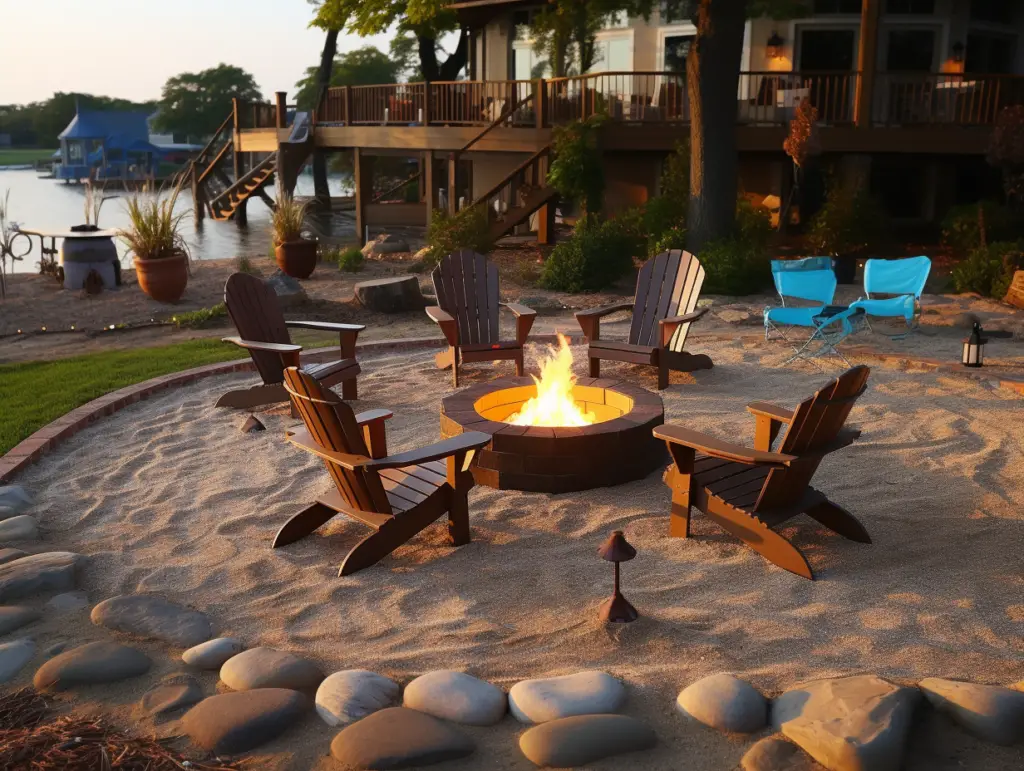
When selecting play sand for your fire pit, it is important to choose a brand that is specifically designed for use in fire pits. This type of sand is often referred to as “fire pit sand” or “fire pit glass” and is made from high-quality materials that can withstand high temperatures without cracking or breaking.
Overall, play sand can be a safe and effective material to use in a fire pit, as long as you choose the right type of sand and follow proper safety precautions. It can help to absorb heat and distribute it evenly, making your fire pit more efficient and enjoyable to use.
Fire Pit Basics
Fire pits are a popular addition to outdoor living spaces, providing warmth and ambiance for gatherings with friends and family. Before using a fire pit, it’s important to understand the basics to ensure safe and enjoyable use.
Types of Fire Pits
There are two main types of fire pits: wood-burning and gas. Wood-burning fire pits use logs, kindling, or other materials as fuel and require regular maintenance to remove ash and debris. Gas fire pits, on the other hand, use propane or natural gas and require less maintenance but may be more expensive to install.
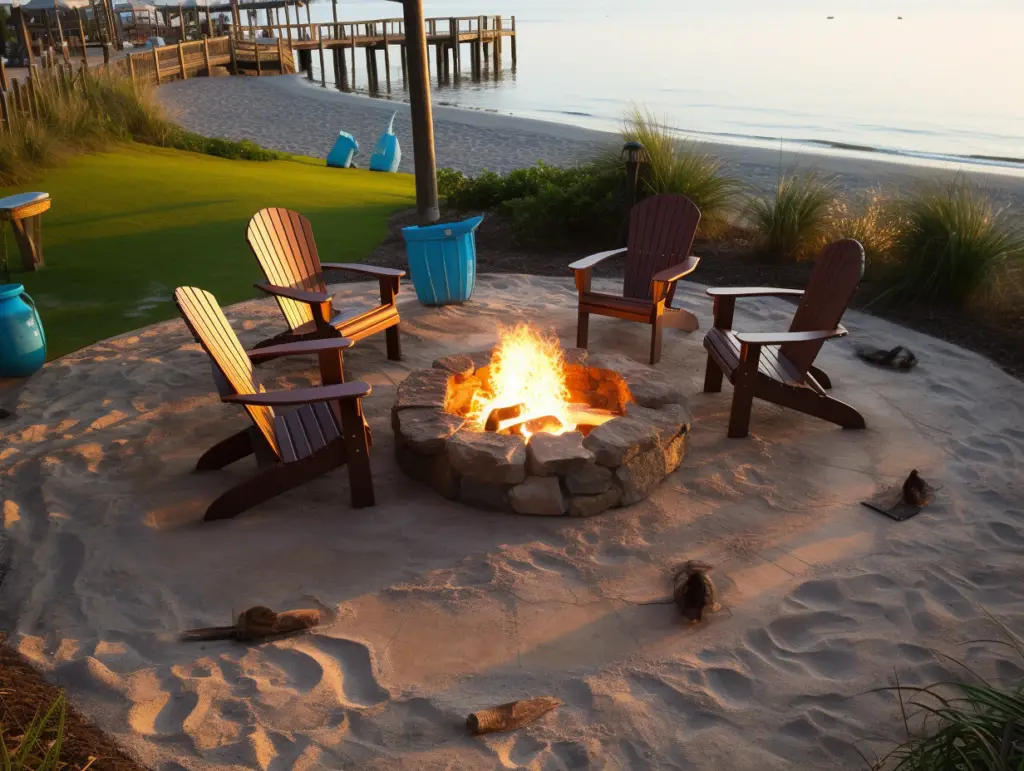
Fire Pit Location
When choosing a location for your fire pit, consider safety and convenience. Keep the fire pit at least 10 feet away from any structures or flammable materials, such as trees or bushes. Make sure the area is level and clear of debris. It’s also a good idea to check with your local fire department or municipality for any regulations or permits required for outdoor fires.
Fire Pit Materials
Fire pits can be made from a variety of materials, including metal, stone, and brick. Each material has its own advantages and disadvantages, such as durability, heat retention, and cost. When choosing a material, consider factors such as the climate in your area and how often you plan to use the fire pit.
Fire Pit Accessories
There are many accessories available to enhance the functionality and safety of your fire pit. Some popular accessories include fire pit covers, screens, and grates. Fire pit covers can protect your fire pit from the elements and prevent debris from entering the pit. Screens can help contain sparks and embers, while grates can provide a stable surface for logs and other fuel.
By understanding the basics of fire pits, you can choose the right type, location, and accessories for your outdoor space. Always follow safety guidelines and regulations to ensure a safe and enjoyable experience.
Play Sand in Fire Pits: Pros and Cons
When it comes to using a fire pit, one of the most common questions people have is whether or not they can use play sand as a filler material. Play sand is a processed sand that is soft and clean, making it a popular choice for many backyard enthusiasts. In this section, we will explore the pros and cons of using play sand in a fire pit.
Pros of Using Play Sand
There are several benefits to using play sand in your fire pit. Here are some of the most significant advantages:
- Safe to Use: Play sand is safe to use in a fire pit. It is processed to remove any impurities and is designed to be non-toxic.
- Heat Absorption: Play sand can absorb heat, which helps to reduce the risk of damage to your fire pit. It can also help to distribute heat more evenly throughout the base of the pit.
- Easy to Find: Play sand is readily available at most hardware stores and online retailers. It is also relatively inexpensive, making it a cost-effective option for many people.
Cons of Using Play Sand
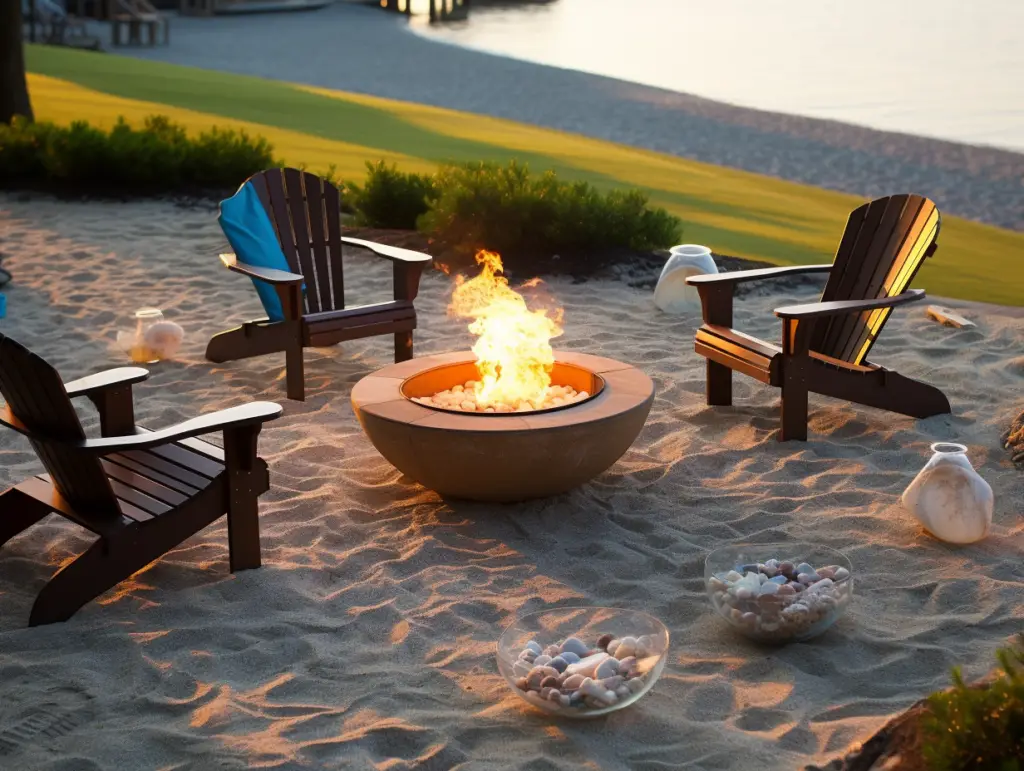
While there are several benefits to using play sand in your fire pit, there are also some drawbacks to consider. Here are some of the most significant disadvantages:
- Messy: Play sand can be messy, especially if it gets wet. It can stick to your clothing and shoes and can be difficult to clean up.
- Limited Heat Resistance: While play sand can absorb heat, it has limited heat resistance. If your fire pit gets too hot, the sand can crack or melt, which can be dangerous.
- Not Suitable for All Fire Pits: Play sand is not suitable for all fire pits. If you have a gas fire pit, for example, you should not use play sand as it can clog the burner and cause damage to the pit.
In conclusion, using play sand in a fire pit has its pros and cons. While it is safe to use and can help to distribute heat more evenly, it can also be messy and has limited heat resistance. Before using play sand in your fire pit, be sure to consider these factors and ensure that it is a suitable option for your specific needs.
Alternatives to Play Sand in Fire Pits
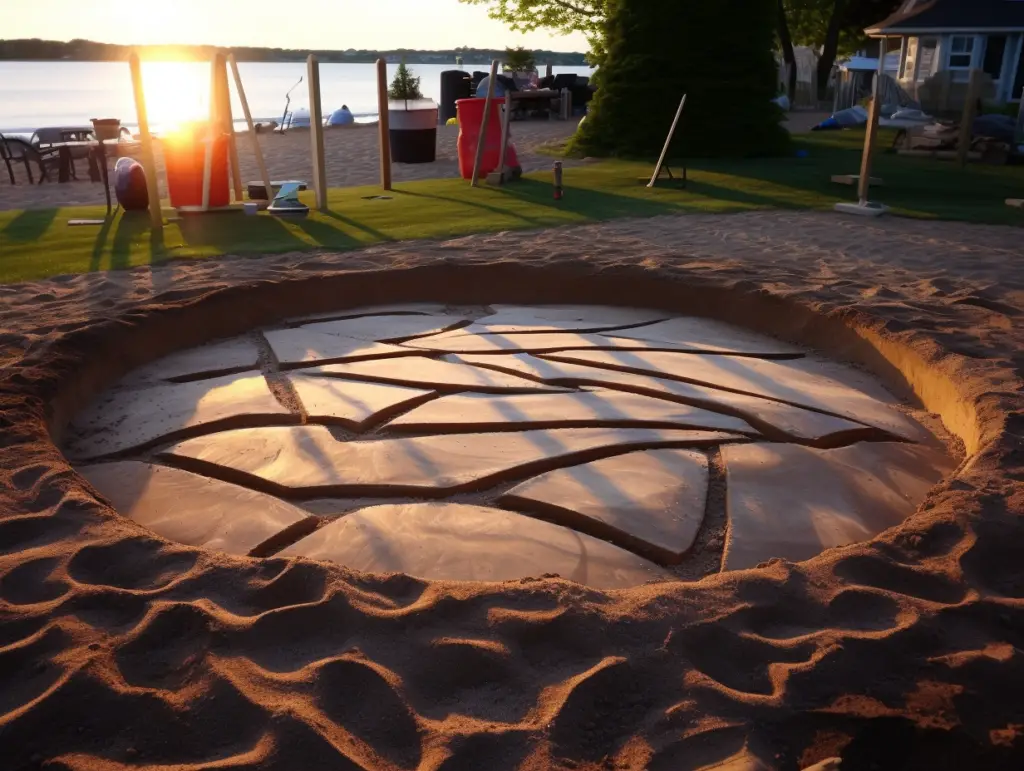
If you’re not comfortable using play sand in your fire pit, there are several alternatives available. In this section, we will discuss some of the most popular alternatives to play sand.
Lava Rocks
Lava rocks are a popular alternative to play sand in fire pits. They are natural volcanic rocks that are lightweight, porous, and heat-resistant. Lava rocks come in different sizes and colors, which can add a decorative touch to your fire pit. They are also low-maintenance and easy to clean.
One of the benefits of using lava rocks is that they do not absorb moisture, which means they will not explode or crack when heated. They also provide good drainage, which can prevent water from accumulating in your fire pit.
Fire Glass
Fire glass is another popular alternative to play sand in fire pits. It is made of tempered glass that is designed to withstand high temperatures. Fire glass is available in different colors and sizes, which can add a decorative touch to your fire pit. It also reflects the light from the fire, which can create a stunning visual effect.
One of the benefits of using fire glass is that it does not produce ash or soot, which means it is low-maintenance and easy to clean. It also does not emit any harmful chemicals or fumes, which makes it safe to use.
Gravel
Gravel is a simple and inexpensive alternative to play sand in fire pits. It is available in different sizes and colors, which can add a decorative touch to your fire pit. Gravel is also low-maintenance and easy to clean.
One of the benefits of using gravel is that it provides good drainage, which can prevent water from accumulating in your fire pit. It also does not absorb moisture, which means it will not explode or crack when heated.
In conclusion, there are several alternatives to play sand in fire pits, including lava rocks, fire glass, and gravel. Each alternative has its own benefits and drawbacks, so it’s important to choose the one that best suits your needs and preferences.
Safety Precautions when Using Play Sand
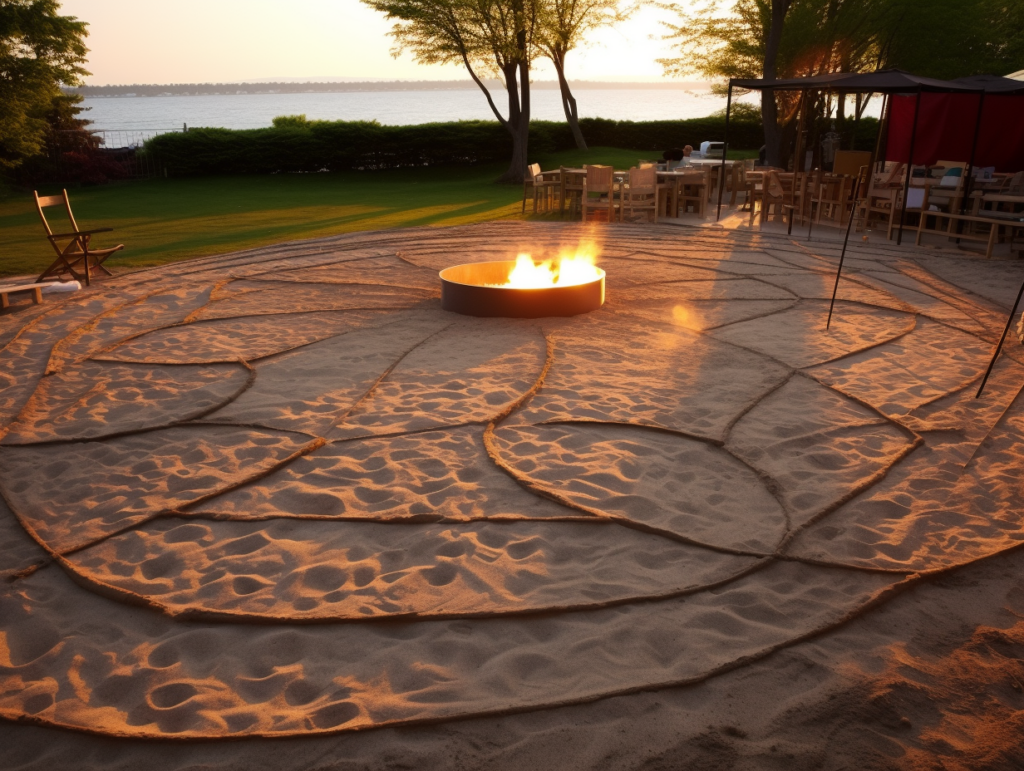
When using play sand in a fire pit, it is important to take certain safety precautions to prevent accidents and injuries. Here are some safety tips to keep in mind:
- Use only dry sand: Wet sand can cause steam to build up and create a dangerous situation. Always use dry sand to prevent this from happening.
- Don’t use colored sand: Colored play sand may contain chemicals that can be harmful when heated. Stick to natural, uncolored play sand to avoid any potential health hazards.
- Keep a fire extinguisher nearby: Accidents can happen, even when taking precautions. Make sure to have a fire extinguisher nearby in case of an emergency.
- Don’t leave the fire unattended: Always keep an eye on the fire when it is burning. Never leave it unattended, even for a short period of time.
- Keep children and pets away: Make sure to keep children and pets away from the fire pit when it is in use. They should be supervised at all times to prevent accidents.
- Use a screen: A spark screen can help prevent embers from flying out of the fire pit and starting a fire. Make sure to use a screen that fits properly and covers the entire fire pit.
By following these safety precautions, you can enjoy using play sand in your fire pit without putting yourself or others at risk. Remember to always prioritize safety when using any type of fire pit.
Conclusion
In conclusion, using play sand in a fire pit is a safe and effective option that can help absorb heat while aiding in equal heat distribution at the base of the pit. Play sand can also act as a heat sink, which can help to protect any surfaces that are close to the fire pit. However, it is important to note that the type of fire pit you have and its size will determine whether or not play sand is the best option.
Before adding play sand to your fire pit, it is important to make sure that it is clean and free of any debris. You should also consider the amount of sand to use, as too much can cause the fire to smother and too little can cause the fire to burn too hot. A good rule of thumb is to use a thin layer of sand on the bottom of the fire pit.
Overall, play sand is a great option for those looking to add an extra layer of protection and heat distribution to their fire pit. It is important to follow safety guidelines and use the appropriate amount of sand for your specific fire pit to ensure a safe and enjoyable experience.
Frequently Asked Questions
What kind of sand do you use in a fire pit?
The type of sand you use in a fire pit depends on the purpose of the sand. The most common types of sand used in fire pits are silica sand, play sand, and paver sand. Silica sand is the most popular choice for fire pits as it is heat-resistant and does not crack or pop when exposed to high temperatures. Play sand is also a safe option as it is soft and clean, making it easy to handle. Paver sand is not recommended as it can contain harmful chemicals that can produce toxic fumes when heated.
Can paver sand be used in a fire pit?
Paver sand is not recommended for use in a fire pit as it can contain harmful chemicals that can produce toxic fumes when heated. It is important to use sand that is specifically designed for fire pits to ensure that it is safe and does not pose a health risk.
What should you not put in a fire pit?
There are several materials that should not be put in a fire pit, including pressure-treated wood, painted or stained wood, plastics, and rubber. These materials can release toxic fumes when burned and pose a health risk to those around the fire pit.
Where to buy sand for fire pit?
You can buy sand for fire pits at most home improvement stores, landscaping supply stores, and online retailers. It is important to choose sand that is specifically designed for fire pits to ensure that it is safe and does not pose a health risk.
Do you need sand in a fire pit?
Sand is not required in a fire pit, but it is recommended as it helps to distribute heat evenly and absorb excess moisture. Sand also helps to prevent the fire from spreading and can make it easier to clean up after use.
What can you use play sand for?
Play sand is a versatile material that can be used for a variety of purposes, including sandboxes, landscaping, and as a filler material for fire pits. Play sand is safe and easy to handle, making it a popular choice for backyard enthusiasts.

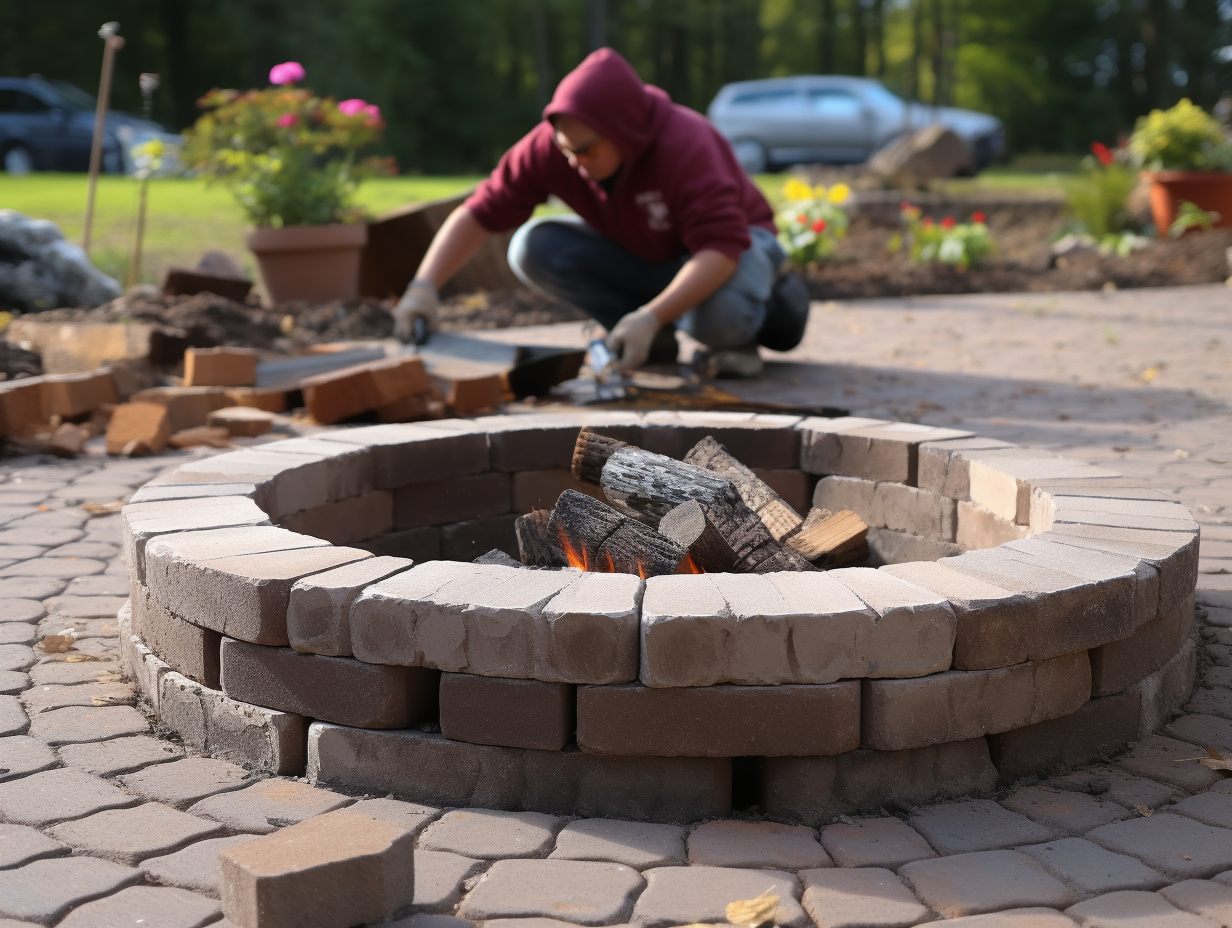
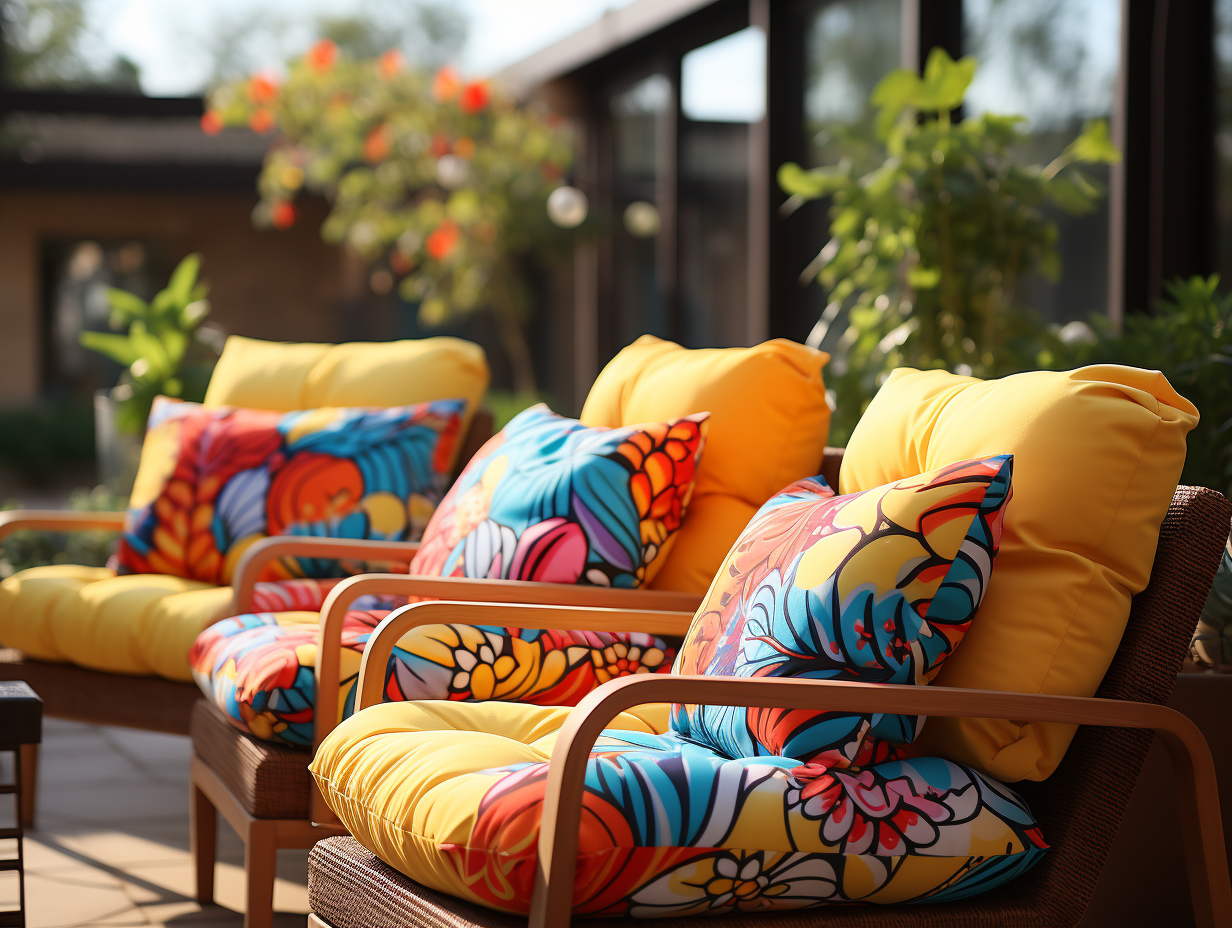
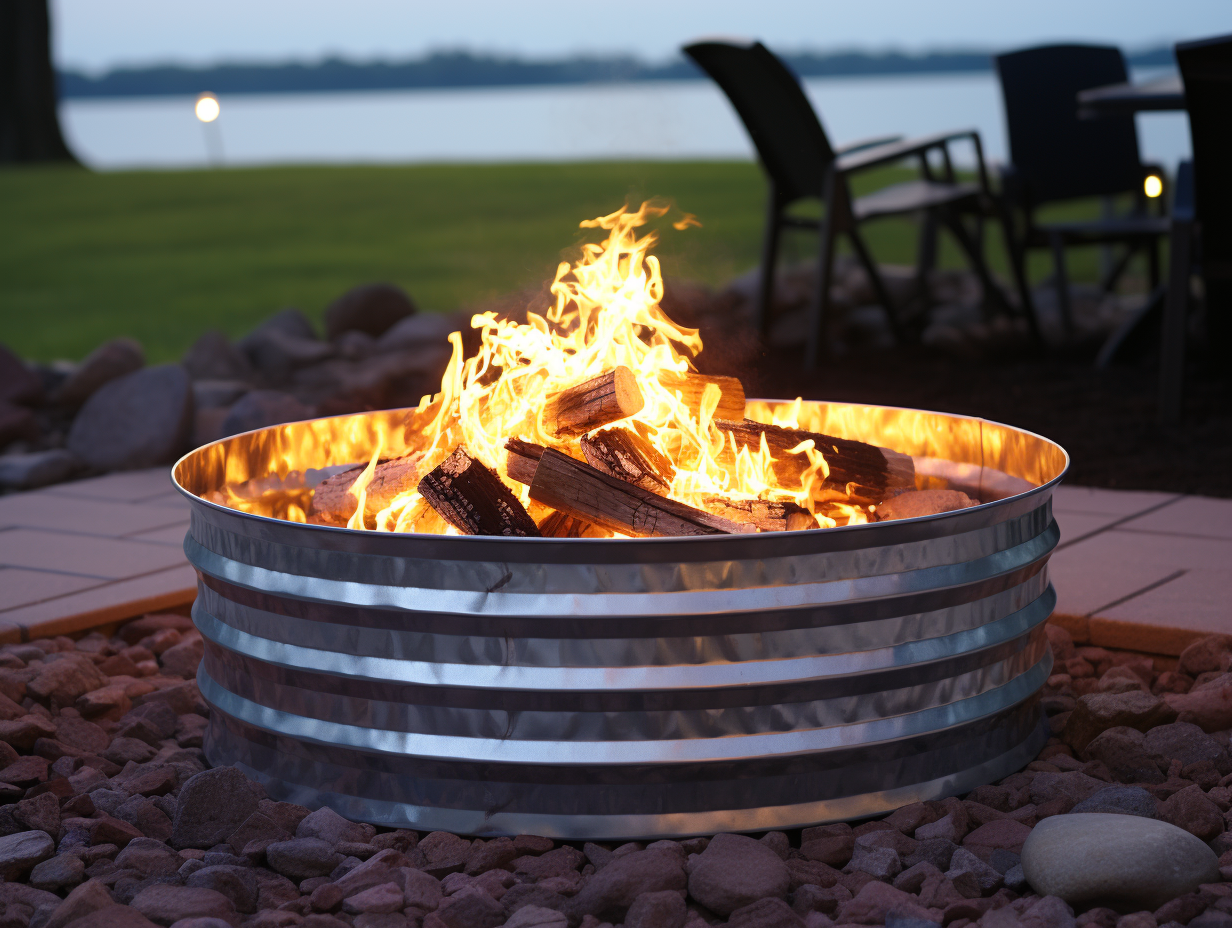

Leave a Reply